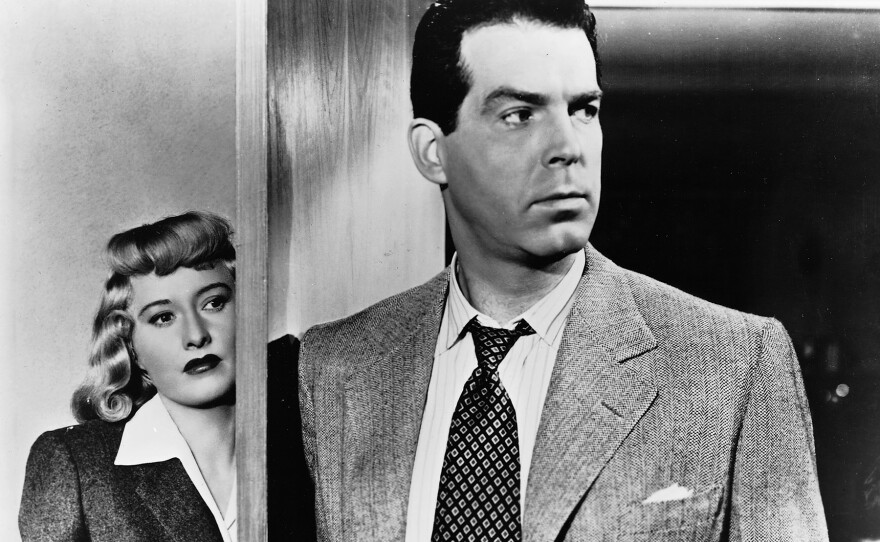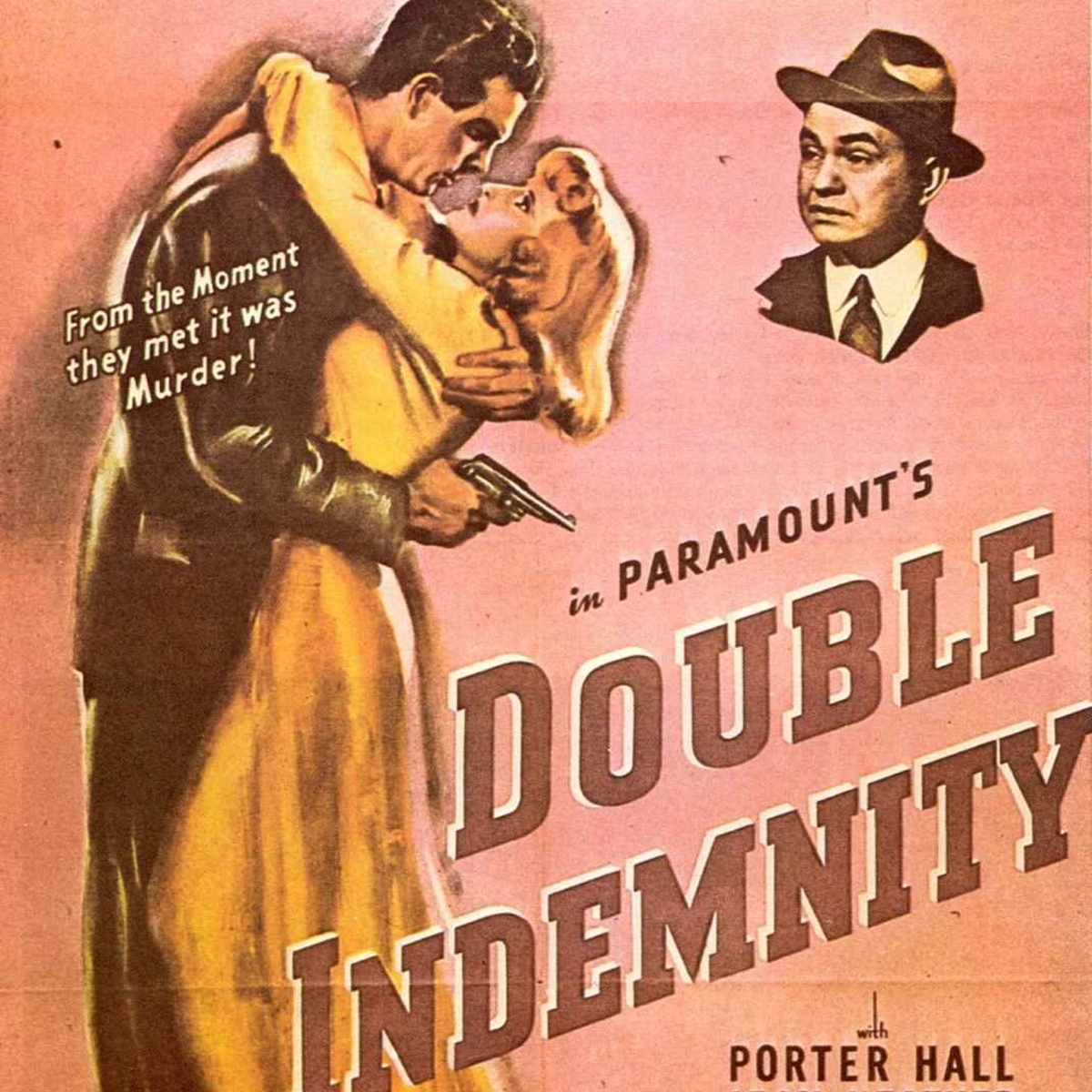
- Double indemnity analysis femme fatale movie#
- Double indemnity analysis femme fatale serial#
- Double indemnity analysis femme fatale series#
Double indemnity analysis femme fatale serial#
“Double Indemnity” was first published in novel form - or novella, if you don’t think 134 pages counts as a novel - in 1943, but it originally appeared as an eight-part serial in Liberty magazine in 1936 - thus its unbridled depression-era pessimism.

In 1927 housewife Ruth Snyder took out a double indemnity insurance policy on her husband, conspired with her boyfriend to kill him, and became famous as the first woman sent to die in the electric chair in the U.S. “The Postman Also Rings Twice,” his prior celebrated love/murder triangle novel, was based on the same events.

The story itself was based on a high-profile murder he had reported on as a New York newspaper journalist. Having been raised in a strict household with parents obsessed with the way people should talk, Cain in that same interview said that he “even as a boy, was fascinated by the way people do talk.”Ĭain so convincingly captures the nuances of everyday speech in his tightly crafted sentences that the prose rarely seems overly colloquial or forced. It is, in fact, just what he set out to do: “I tried to write as people talk,” he said in a 1977 interview in The Paris Review. He had a talent for getting down on paper the way everyday folks sounded. This first-person voice is a chief success of “Double Indemnity” and of Cain’s other early novels. There will be spoilers in this post, so if you haven’t read the book yet or seen the film, return after doing so.Ĭain wrote “Double Indemnity” in the voice of a scoundrel named Walter Huff (changed to Neff for the film), an insurance salesman who knows the value of a policy but not of a life.
Double indemnity analysis femme fatale series#
I reread it for our series over the course of a few train commutes - it pulls you in and doesn’t let go. I’m here to tell you that this is the first truly noir read so far in the series, and if you were to only read one - though of course you’re reading them all - make it this one.
Double indemnity analysis femme fatale movie#
Its plot, theme, setting, performances, dialogue, cinematography and mise en scene have become a template of a specific kind of noir that might be the most noir kind of noir: a scoundrel of a guy falls for a bored, depraved wife and helps her deal with a husband problem.īut as iconic a film as it is, most people who’ve seen the movie haven’t read the story, which is a shame. At or near the top of everyone’s 10 best list, it’s probably the most beloved, satirizedand analyzed noir. If you were asked to name just one classic film noir, you’d be likely to name this one. I’ll be writing about the latter in my next blog entry, but the focus here is on “Double Indemnity.” The screenplay of the 1944 film version was co-written by director Billy Wilder and crime fiction writer Raymond Chandler, whose novel “Farewell My Lovely” was also adapted for the screen in 1944 as “Murder My Sweet,” the second film in our May double feature.

Cain’s 1943 novel is an oasis of artful, stylistic, suspenseful, funny entertainment that is also as heated and bleak as the desert.

Not a bad place to write about “Double Indemnity,” the book adapted for the first of our two May films in the ongoing Noir on the Boulevard series. You should come out here next May because in a single weekend you can see a dozen films - often rarities courtesy of major studio archives - and spend the rest of the time pretending you’re William Holden at the beginning of “Sunset Boulevard.” In its 18th year, it’s my favorite of the Film Noir Foundation fests. This one comes to you from The Stardust Motel in Palm Springs, California, where I’ve been emerging daily from the darkness of the Arthur Lyons Palm Springs Film Noir Festival into the blazing sunshine - a contrast as stark as the photography that gives so many noir films their expressionistic, moody quality.


 0 kommentar(er)
0 kommentar(er)
